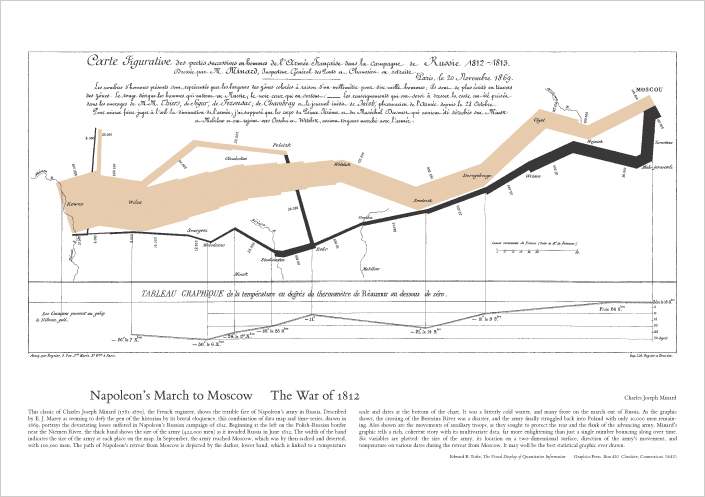A couple of week's ago we referenced the new Amazon service Create Space. Last week the development drew some interesting discussion on the Charkin blog: see notes and discussions 'On Retailers Becoming Publishers', 'Death of the Publisher?', (NB the question mark) and 'Print on Demand'. There was a deal of concern expressed in the comments that Amazon may be in too strong a position and that publishers may get 'disintermediated'. But I suspect that the Amazon threat to book publishers from this service is limited. After all Lulu (which was only mentioned once in the discussion -- by Dan Penny) has for some time been doing for self-publishers pretty much what Amazon Create Space promises to do, and Lightning Source (not only them, also Antony Rowe) does for publishers a similar job. Its funny the way that the company that initially defines a market service on the web has a good chance of holding it and maintaining market leadership, even when big competitors come in with technically sweet alternatives. I suspect that Lulu and Lightning Source have established important bridgeheads, and they will be hard to dislodge. Even for Amazon.
Perhaps the most significant aspect of the Amazon announcement is that it is really an endorsement of what Lulu is already doing. And the key point about that, which the Charkin discussants mostly missed (include me in that) is that the act of writing and publishing your own book to semi-professional standards is being radically democratised. There could well be a million or more ISBN-ed titles published each year in the US and the UK before long, (yes Lulu and Amazon make it easy to get your own ISBN). Some of these books will be very good books, and a few of them will be best sellers. If I was a book publisher or literary agent I would be closely studying the Lulu and Amazon Create Space lists or employ someone in an "A&R" role to do it for me.
Successful self-published authors are not unknown, but they have usually been picked up by real publishers after their first or second book, or after their first mainstream reviews. One of the the most successful self-published author of recent times is Edward Tufte. He has also achieved standards of quality design and successful promotion that almost certainly would not have been his with any publisher. If you don't know Tufte you should probably buy one of his books. I suspect that most readers of this blog will be familiar with his work and the lessons that he draws from this remarkable diagram of Napoleon's Russian Winter.
You can buy Tufte's books from Amazon, they are cheaper than from his own web site, but I doubt if he needs to give them a 50% discount.
The Minard diagram also plots the size of the average print run over the last 150 years. Moscow represents the invention of photolithography 50 or so years ago, which meant that it was no longer necessary to cause books to be written in metal before reproducing them in reasonable numbers. ;-).
Monday, August 27, 2007
Amazon becomes a publisher with PrintOnDemand
Subscribe to:
Post Comments (Atom)


No comments:
Post a Comment